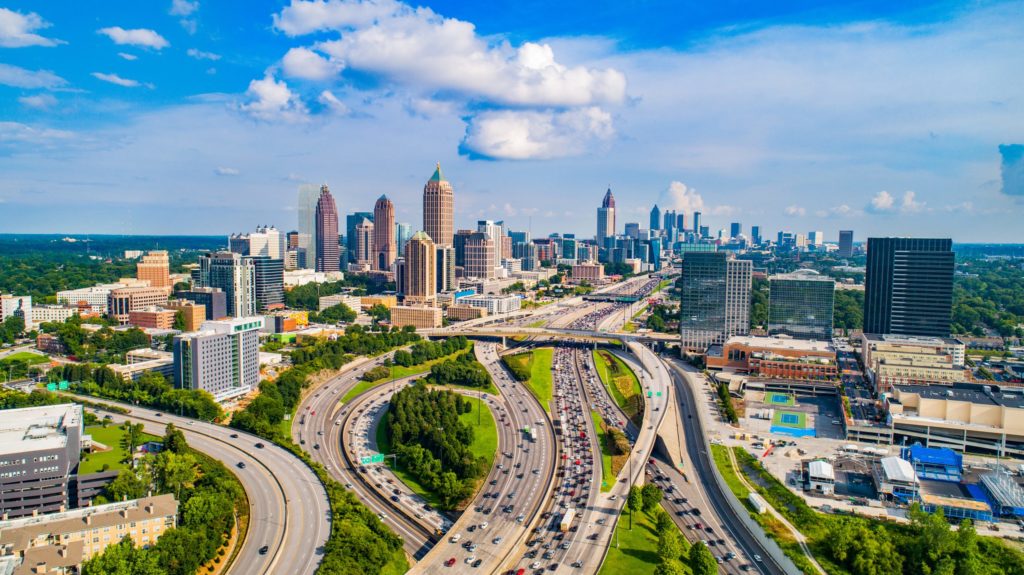Amtrak isn’t working. Could private rail do better?
The story of rate regulation, decline, nationalization and privatization of passenger rail routes in this country has been told by a generation of transportation researchers. Today, Amtrak, the nation’s government-subsidized passenger railroad operator, loses money pretty much everywhere outside the northeast corridor.
Now, companies want to know if privately run passenger railways would perform better. The progress of two such projects in Florida and Texas gives evidence that they would.
The smaller of the two ongoing private passenger-rail projects in the United States is Virgin Trains’ plan to extend its existing Miami-to-West-Palm-Beach line to Orlando and the theme parks nearby. This month, Virgin raised $1.75 billion in a bond issue, which indicates that investors think the firm will eventually profit from shuttling travelers between two of Florida’s great tourist cities.
Not long after, Texas Central released a study that shows ridership is expected to be high enough to support construction of a new high-speed rail line between Dallas and Houston, with an intermediate stop to serve Texas A&M University. While there are alternative ways to analyze customer transportation choices that could shift this cost-benefit ratio, the study helps us understand the existing Dallas-Houston trip market.
Over the next two decades, Houston is expected to grow by 3 million people. The Dallas region is expected to grow at a similar pace, surpassing the 11 million mark by 2045. New intercity infrastructure will be needed if Texas hopes to avoid more highway congestion or drawn-out efforts to expand municipal airports.
Texas Central’s report makes clear that demand is increasing for high-speed transit between the two growing cities, and its findings mark an important milestone in the slow trek toward the construction of America’s first high-speed rail line. Texas Central will need to raise billions of dollars in private capital to build the new track, and accurate ridership forecasts are one thing every potential investor will care about.
The federal government recommends that infrastructure be planned over a period of 40 or more years, with longer windows for structures like bridges. Waiting until population pressure has already clogged roads and congested airports could lead to a decade of logistical hell, as projects wind through the approval, construction, and testing processes.
Texas policymakers typically are forward-thinking with regard to major infrastructure projects, and 10 legislators recently signed a letter to the federal Surface Transportation Board urging timely approval of Texas Central’s project.
Amtrak’s ongoing struggle to reliably turn a profit indicates that its taxpayer-funded model isn’t appropriate for new services. But Texas Central’s strong ridership projections, combined with Virgin’s impressive investment numbers in Florida, demonstrate that Texas policymakers are right to support this once-controversial private project. When Texas Central receives the necessary approvals, private capital should follow their lead.
Image credit: Denis Belitsky







